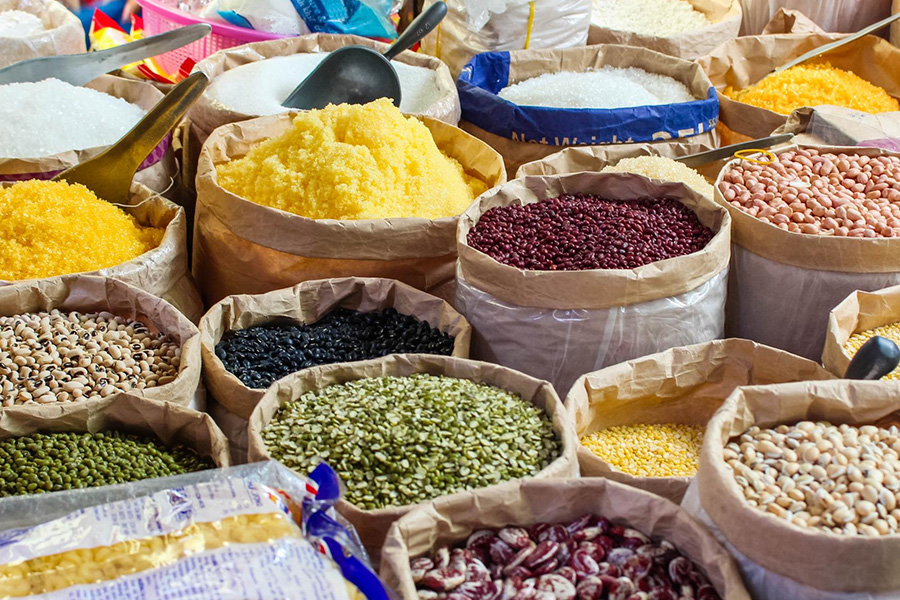
The health system’s incapacity to recognise malnourished children and enrol them in vital nutrition-related programmes is a critical challenge.
Author
Deepanshu Mohan, Professor of Economics and Director, Centre for New Economics Studies, O.P. Jindal Global University, Sonipat, Haryana, India.
Summary
As the national ruling party of the BJP gears up for the upcoming state assembly polls, Prime Minister Narendra Modi, in what could be seen as a pre-electoral promise, announced an extension of the Pradhan Mantri Garib Kalyan Anna Yojana (PMGKAY) free ration scheme for another five years, while addressing poll rallies in Madhya Pradesh and Chhattisgarh.
It is critical to position this announcement in light of a recent controversy that broke when the Global Hunger Index report ranked India at 111 out of 125 nations. The Indian government, then was quick to respond by attacking the GHI’s methodology and dismissing its findings.
Union Minister Smriti Irani, who heads the women and child development department, responsible for the nutrition of women and children in the country went a step further in criticising GHI’s methods and findings by ridiculing the report’s method and findings.
Notwithstanding the government’s response to the GHI findings, we have the Prime Minister now implicitly acknowledging the deep-rooted nature of the nutritional crisis afflicting the Indian poor by making the announcement of extending what was a crisis-response food security plan, for another 5 years (the scheme covers over 80 crore beneficiaries or those with a ration card).
In a recent explainer by the InfoSphere team at the Centre for New Economics Studies (CNES), we had looked closely at the nutritional access-landscape for India at the national level. For background reference to this analytical exercise, a few years ago CNES created an Access Inequality Index (AEI) where state-wise ‘Access to Nutrition’ was studied as one of the pillars defined under ‘Access to Basic Amenities’, ranking Indian states on their performance. More details on the study and index are accessible from here.
The issue of ‘undernourishment’ and ‘malnourishment’ across India, especially in the states that are going up for polls soon (MP, Chattisgarh, Rajasthan), has arisen from various factors.
Published in: The Quint
To read the full article, please click here.

